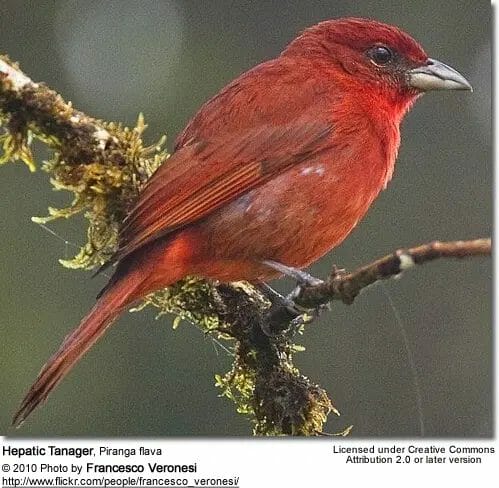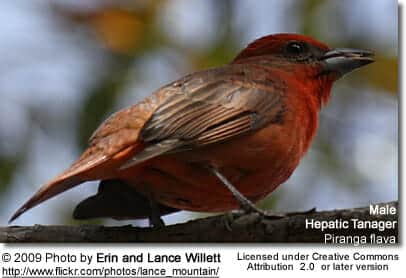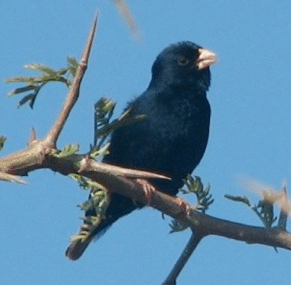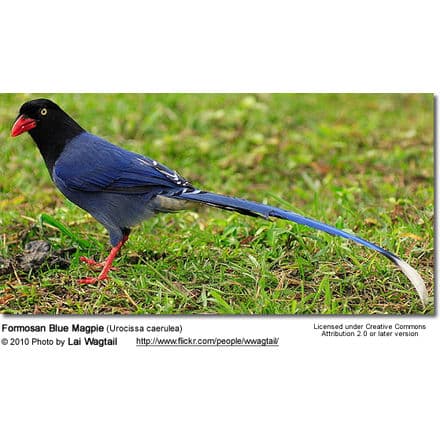Hepatic Tanagers
The Hepatic Tanagers (Piranga flava) are medium-sized songbirds that are members of the Tanager family, Thraupidae.

Distribution / Habitat
The Hepatic Tanagers are one of only five Tanager species that occur naturally in North America.
In the United States, they are found in Arizona, New Mexico, and Texas. Their range stretches south to Mexico.

Tanager Information … Tanager Species … Tanager Species Photo Gallery
Description
The Hepatic Tanager is larger and stockier than other tanager species, measuring about 6.75 inches in length (including the relatively short tail).
The plumage is mostly scarlet red, with the brightest color on the forehead and throat. They have grey flanks, dusky cheeks, and dark eye streaks.
It has a stout, dark bill.
Adult male:
- The plumage is mostly red, the brightest on the plumage below. They have dark cheeks
Adult female:
- The back is olive and the underparts are orange-yellow. She also has dark cheeks.
- The wings and tail are grey.

Immatures
Juvenile birds look similar to females.
Similar Species:
- The male Hepatic Tanager resembles the male Summer Tanager but can be identified by his dark bill and cheeks. Females can be told from female Summer Tanagers by the darker cheeks and bills.
- The male Scarlet Tanager has black wings and a tail. Female Scarlet Tanager has more yellow underparts and a paler cheek.
- The female Western Tanager can be identified by the wing bars. The habits of the Hepatic Tanager resemble those of the Western Tanager.
Song / Call
Their calls are described as low, dry chup sounds, similar to those of the Hermit Thrushs. The song is clearer than other Tanagers. It is somewhat reminiscent of that of the Black-headed Grosbeak. In flight, it emits a husky and rising weet.






